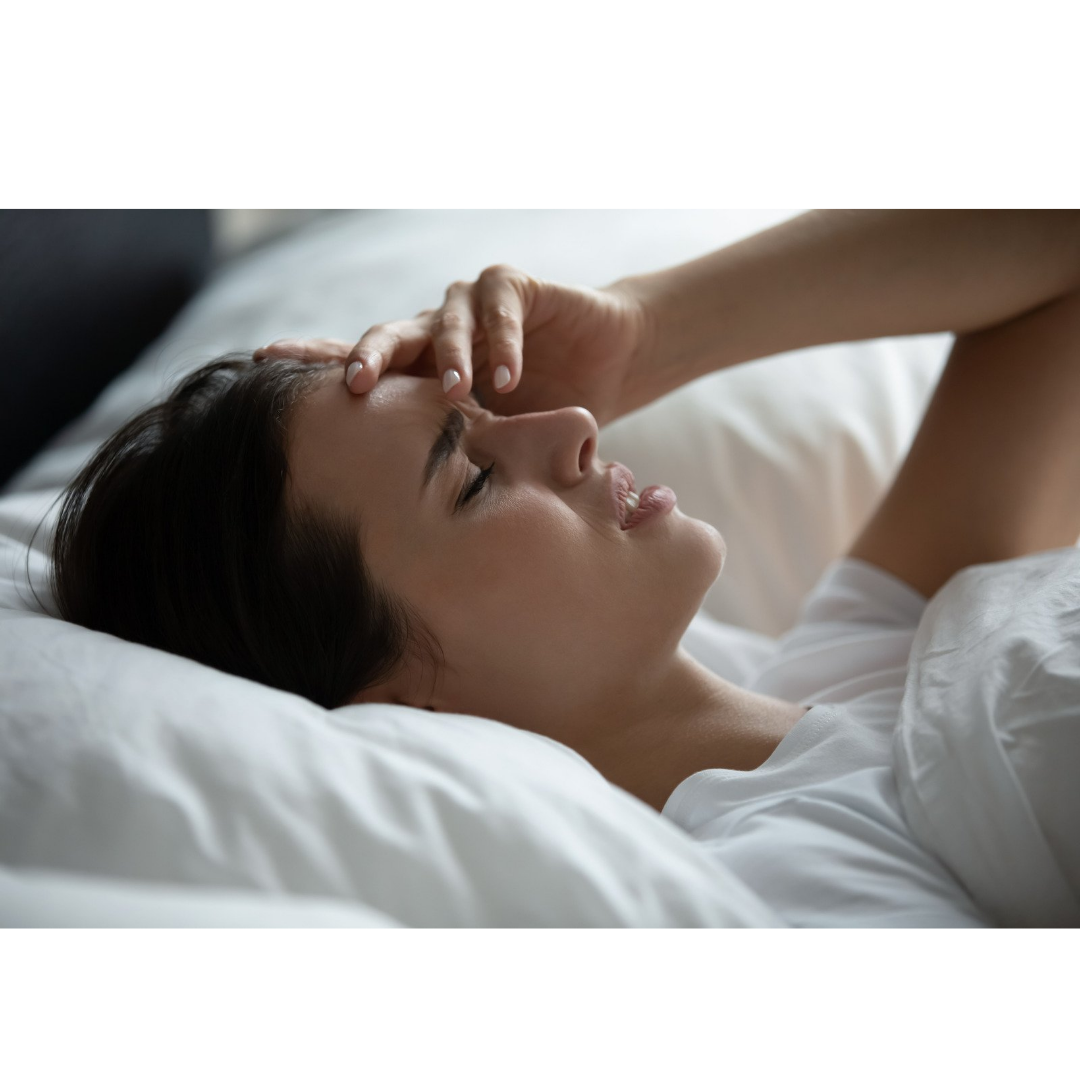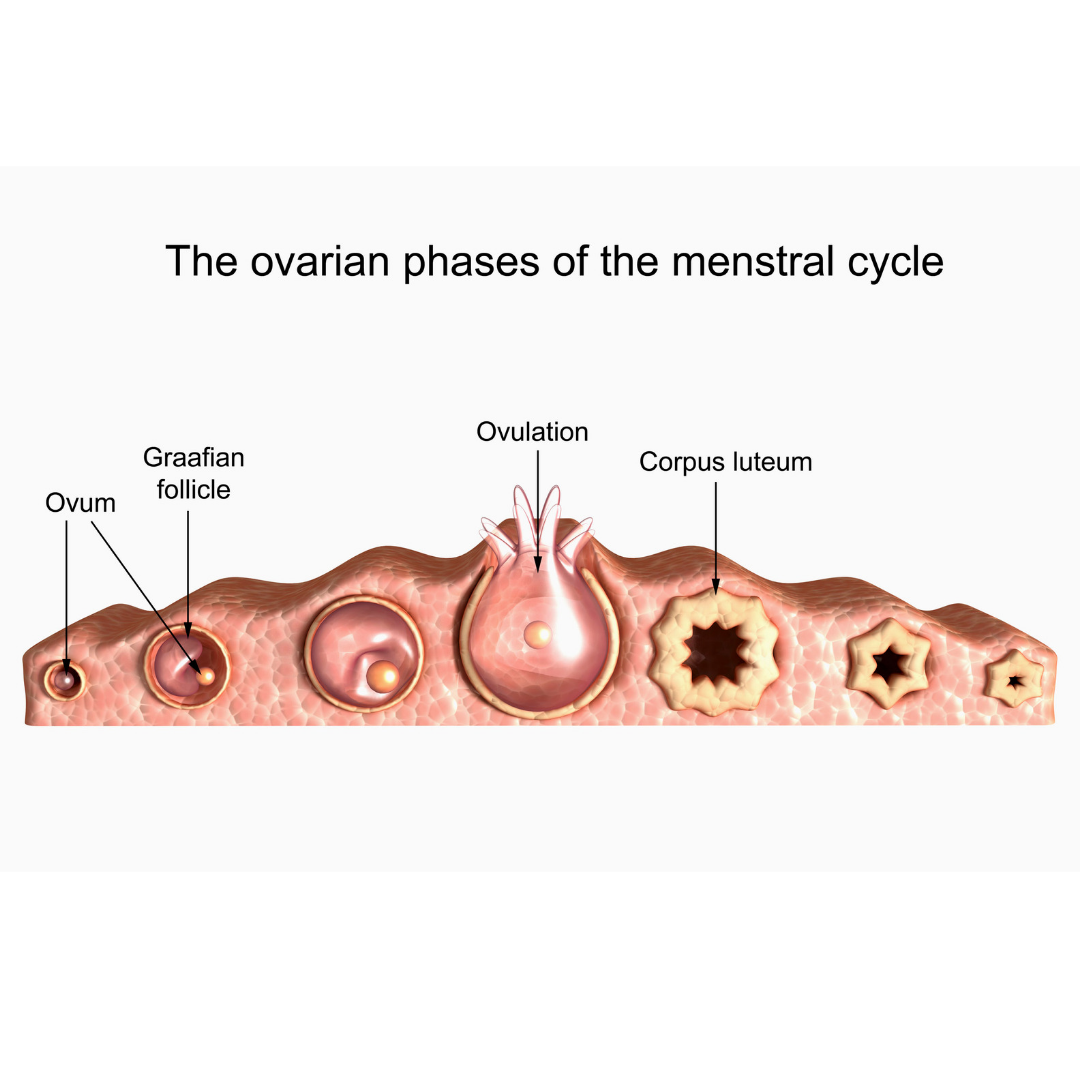Natural Treatment of Menstrual Migraines

According to a research paper, menstrual migraines are more severe than migraines at other times of the cycle. The authors of the paper explain that menstrual migraines are caused by estrogen withdrawal at the end of the cycle together with an estrogen-dependent release of prostaglandins and histamine. They propose progesterone as a possible prevention strategy. How hormones affect migraines Menstrual migraines are more common with high, fluctuating estrogen and relatively low progesterone, such as during perimenopause. That’s why menstrual migraines are more common between the ages of 40 and 55. High, fluctuating estrogen promotes migraines by 1) stimulating immune cells to produce more prostaglandins and histamine, and 2) leading to steep estrogen withdrawal, which disrupts the neurotransmitters serotonin and glutamate. Tip: New research suggests that migraines may be caused by "plumes" or the excitatory neurotransmitter glutamate moving in waves through...

